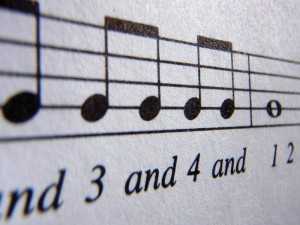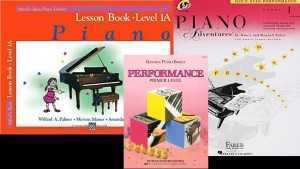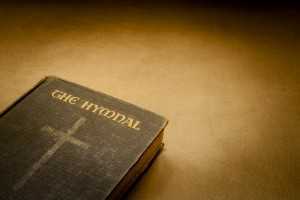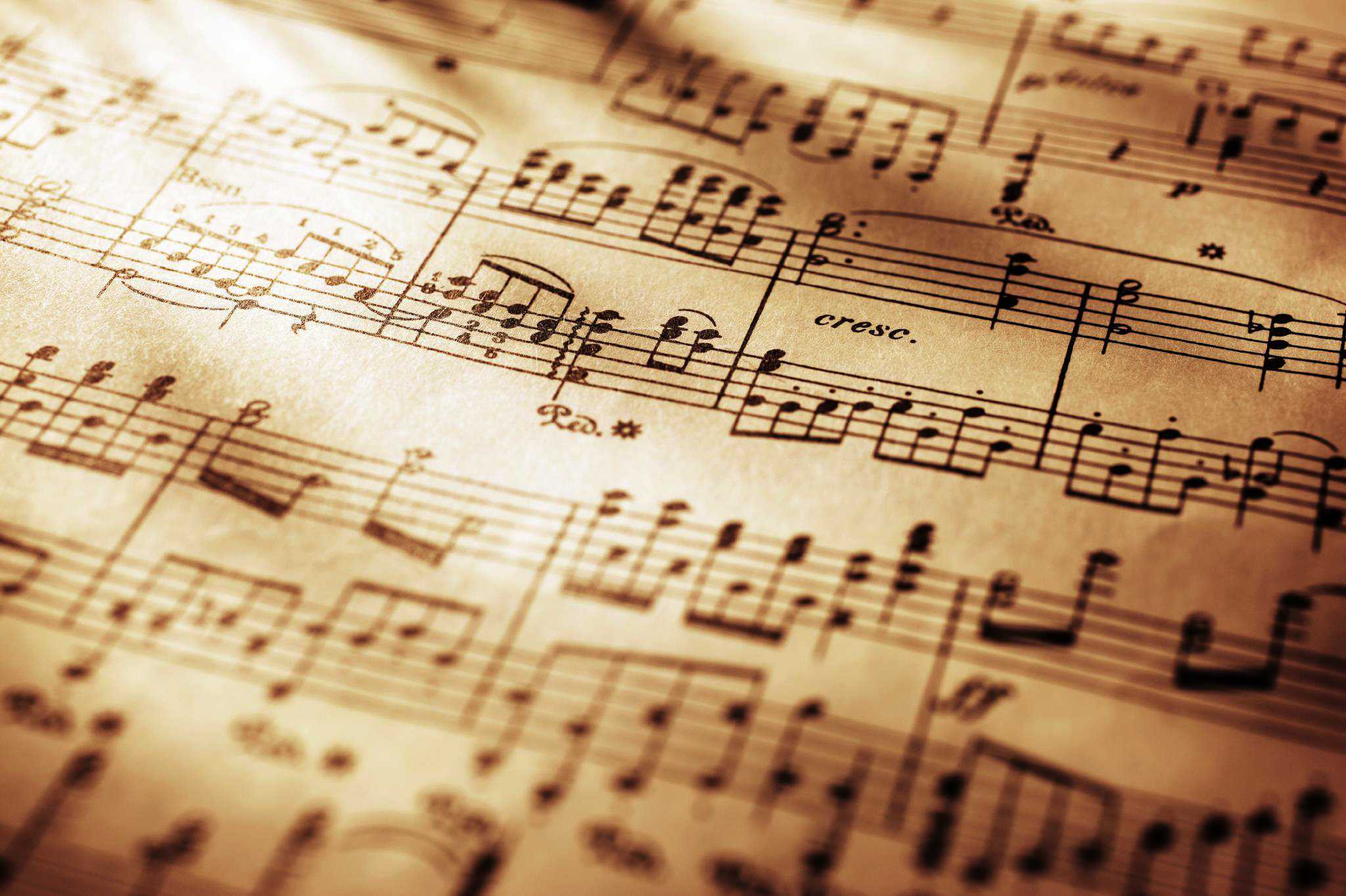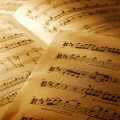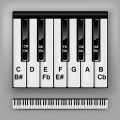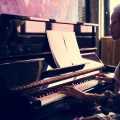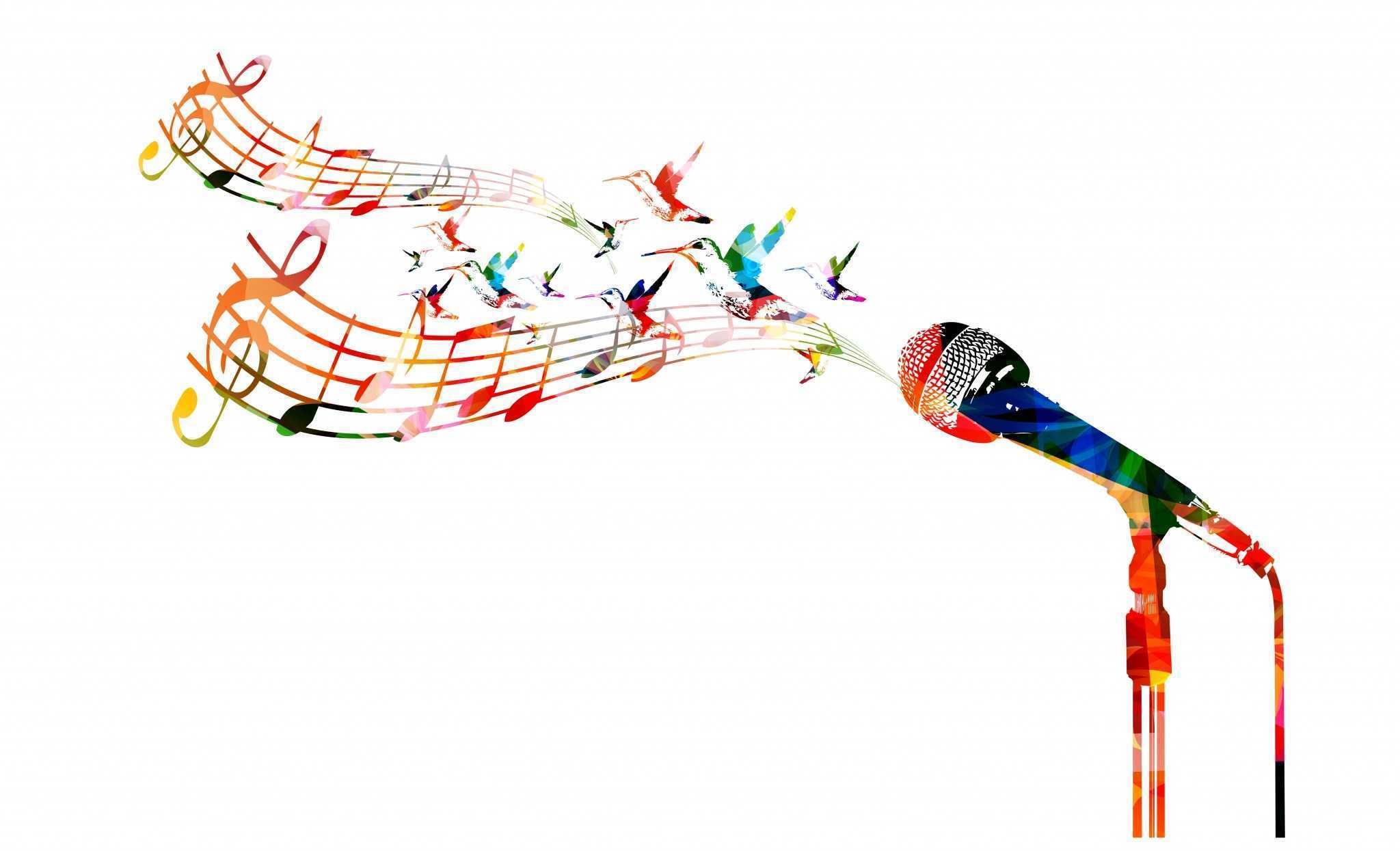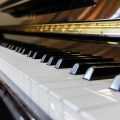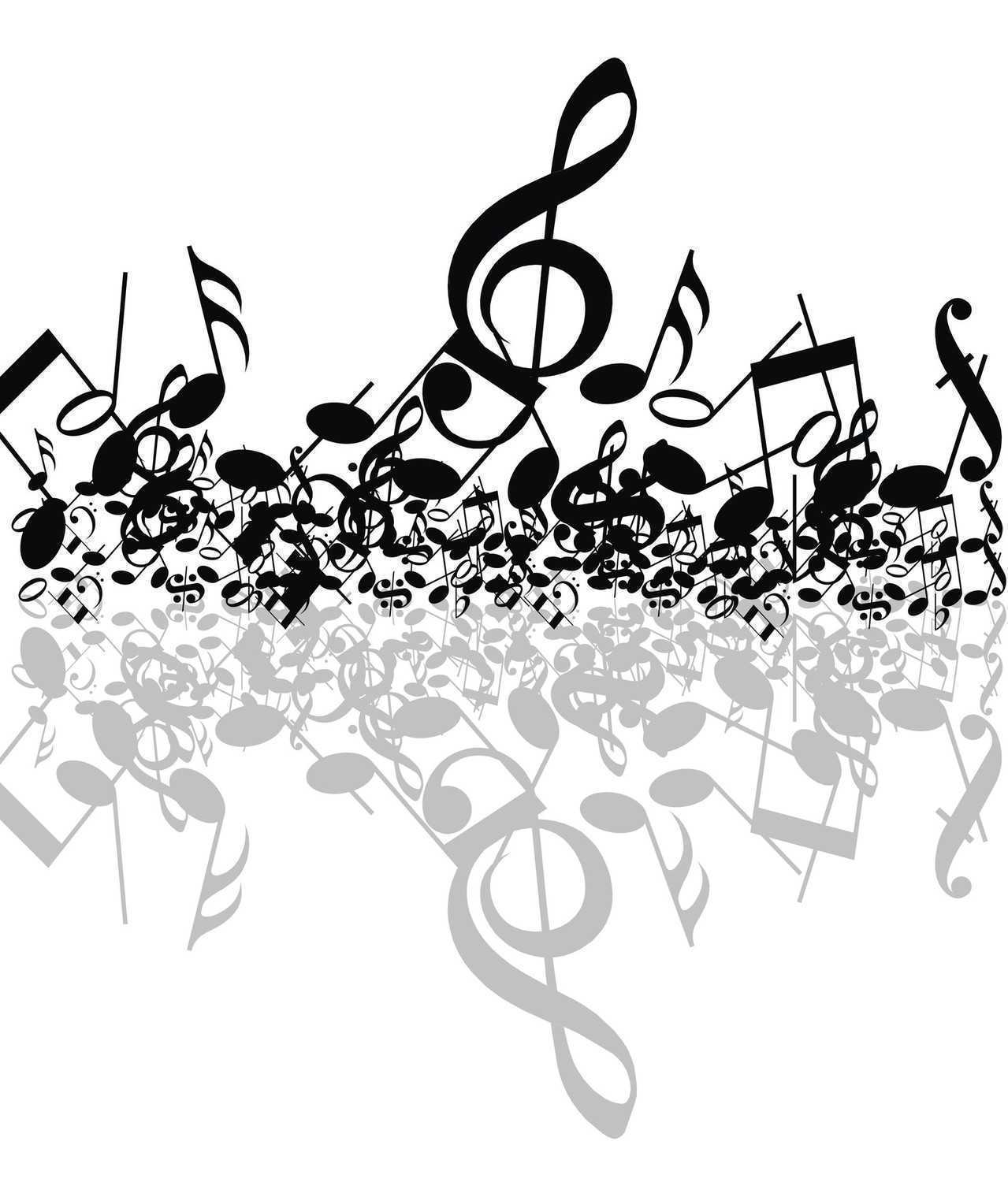I have listed some guidelines below that I use to maintain and improve the piano sight reading skills of my students and myself. But before I outline those details, I will list some very powerful  MIDI enabled software and instruments that I and my students use to make piano sight reading practice more effective and more fun than ever:
MIDI enabled software and instruments that I and my students use to make piano sight reading practice more effective and more fun than ever:
Piano Marvel – www.pianomarvel.com This is the largest digital library of classical music in graded difficulty level that will give you instant feedback on your reading accuracy. I recommend this as a primary sight-reading practice tool for pianists of all levels. It is a computer-based “Learning and Assessment Tool.” Using your MIDI keyboard connected to your computer, it gives you instant feedback showing what you played and a score of the accuracy. The most useful tool is it’s totally free to use Standard Assessment of Sight Reading which is the first objective measurement of sight-reading skill.
Practicesightreading.com – www.practicesightreading.com – Rhythm exercises are randomly generated based on the difficulty level of your choice. Though the exercises are computer generated, they seem to be comprised of human-composed, musically idiomatic chunks, made from patterns typically used in actual songs. It is the next best thing to tapping rhythms from actual music scores, useful for when you are on the go and no scores are on hand.
Music Tutor Sight Read Lite – This is the digital equivalent of note identification flash cards, available for Android and Apple devices. It is a great way to speed up note identification, and the paid version can be customized to focus on ledger lines for advanced reading.
JALMUS (Java Lecture Musicale) – www.jalmus.net – this JAVA based application is old but still works great as a note identification tool. It is similar to Music Tutor Sight Read Lite but it connects to your MIDI piano.
Proficient piano sight reading ability is developed along with technique and music theory. Like being able to guess what word is being spelled, or how a sentence is going to finish when reading words, understanding the music helps you accurately guess what is going to happen when reading music. Specialized exercises such as collections of sight reading exercises, note-naming exercises, or rhythm exercises, develop speed in elementary concepts, but they should never replace a steady exposure to new, actual music. Outlined below are the skills needed as your reading ability grows:
Beginner
- Rhythm Count out longer notes (half notes, dotted half notes, or whole notes). This is the first method of counting because beginners will usually play these too short, but eventually you must also be able to count the beats of the time signature (IE the four beats, three beats, or the two beats per measure).
- Direction Correctly identify the direction the notes are going, whether it is up, down, or repeated. Quickly identifying whether a note is on line or a space makes finding the direction easy.
- Intervals Recognizing the distance between successive notes enables you to play by only identifying the first one. Popular method books (Bastien, Faber, Alfred, etc.) do a great job at progressively developing this skill. Once you get far enough into the method to move out of C position, you can start benefiting from using note-identification apps like Music Tutor Sight Read Lite.
Intermediate
- Scales: Playing scales and arpeggios in all major and minor keys is the basic foundation for having a sense of keyboard geography and making quick, intuitive fingering choices. If you need a refresher, start with the keys that have one or two sharps or flats, then increase the number. All good sight readers I have ever known, including professional accompanists, play all scales regularly.
- Start with Hymns: Hymns are a good starting point for practicing piano sight reading outside the method books. They generally stay in one hand position and use simple rhythms.
- Hanon: Originally designed to be transposed into every key, in fact! (just read the preface) the first 30 exercises of Hanon: The Virtuoso Pianist in Sixty Exercises is useful for developing ease and confidence in playing in every key, so long as you do not have to leap over large intervals or change positions often.
- Transposition: As a part of playing scales, pick a simple piece of music that is major and another that is minor that you can transpose accurately into every key, again, starting with the simpler keys first.
Advanced
- Transposition: Take pieces of music that are in a similar style to those you have the most difficulty sight reading, and transpose them to the keys of the scales you are practicing. If you cannot play something you already know in any key comfortably, it will be even harder to try to sight read something like it. You will find that certain styles of music may come easier to you than others, as they pose challenges unique to their idiom (IE folk dances using a stride-like “oompa” pattern, Gospel music may have blues and chromatic harmonies, Baroque music is often contrapuntal, sophisticated rhythms in jazz or pop music, etc). You may want to choose a particular style and master it.
- Improvisation: Playing new ideas on demand from your own mind rather than a score offers the same benefit as transposition, but requires you think ahead and process larger chunks of musical ideas. Reading music requires an ability to successfully guess what comes next, and improvising requires you to create those answers yourself in a similar “real time” pace.
- Ledger Lines: Pianists normally do not read ledger lines often enough to play them nearly as quickly as notes within the grand staff. JALMUS and Music Tutor Sight Read full version can
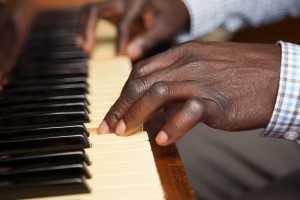 be customized to practice only ledger lines.
be customized to practice only ledger lines.
- Styles: Be experienced and exposed to the style of music you are reading. Strong sight readers are familiar with the style of music that they are playing, not necessarily lightning fast at processing individual notes and rhythms. Because of their familiarity, they are able to guess what will happen next (IE in jazz, you may expect a iii, vi, ii, V I progression, or in Baroque music, a descending circle of fifths progression towards the end of a piece.) This allows them to process music in larger chunks, to be mentally free, relaxed, and to play confidently.
In closing, remember to keep assessing your piano sight reading growth using the SASR. As you take the test multiple times, you will gain an intuitive understanding of how difficult pieces should be within any given level, which will reveal to you your strengths and weaknesses. For example, you might read a piece in D major well, but flat key signatures in a similar level tend to give you a low score, making it seem “too hard” for that level, and in contrast, you might get a soaring score when presented with a contrapuntal piece, making it seem “too easy” for that level.
Sight reading requires applying all factors of musicianship into regular exposure to new music. You may improve overall as a musician, but if you do not keep reading new music, your piano sight reading will not improve much. I prefer to have three tiers of difficulty within all my students’ repertory – something that takes a week or less to learn, something that takes about a month to learn, and something that is ambitious that the student is usually very passionate about, that takes longer than a month to learn.

